table of contents:
What is an overlocker used for?
The overlocker is an essential machine for achieving clean and professional finishes in sewing. Unlike a conventional sewing machine , it allows you to assemble, cut and overlock the fabric easily in one step. By definition, the overlocker has one or more loopers and a built-in cutter to prevent the fabric from fraying . It is ideal for stretch fabrics, knitwear, lycra and fine fabrics, offering 3-thread overlock, 4-thread overlock and other stitches for a solid assembly. This machine works with spools and cones of thread for multiple threading allowing perfect tension.
How to use an overlocker?
Getting started with your overlocker can seem intimidating, but with a good guide and a little practice, it becomes easy to use the overlocker. Operation is based on multiple threading, adjusting the thread tension and using the differential for a perfect finish. A good presser foot and the appropriate presser foot allow you to adjust the fabric without difficulty. Sewing classes or a tutorial can help you learn how to sew and master the different sewing stitches: straight stitch, zigzag stitch, Charents stitch sewing stitches: straight stitch, zigzag stitch, chain stitch or even rolled stitch. The overlocker allows you to create clean hems and perfect finishes , thanks to options like the upper looper and the adjustable differential.
What stitches can be made with an overlocker?
An overlocker can perform several types of stitches depending on the model and the options available. The main ones include:
- Overlock stitch : Ideal for joining and overlocking in one operation.
- Cover stitch : Used for finishing hems.
- Flatlock stitch : Allows you to achieve a decorative effect or a soft seam.
- Rolled stitch : Perfect for light and decorative finishes.
- Narrow hem stitch : Providing a refined finish on fine fabrics.
- Clean stitch : For clean and durable fabric edges.
- Chain stitch : Ensures a strong, elastic seam.
Why invest in an overlocker?
Investing in an overlocker is a useful tool that allows you to improve the quality of your creations by providing a clean and professional finish. This equipment is ideal for those who want to achieve quality finishes without wasting too much time. Buying a machine depends on your budget and needs: there are affordable entry-level models, as well as professional overlockers with advanced options like free arm, adjustable differential, or automatic tension adjustment. It also offers a great advantage, especially for sewers looking for a stretchy and durable finish.

What finishes can be achieved with an overlocker?
The overlocker offers many possibilities for achieving impeccable finishes. It allows you to overlock and overcast the edges of the fabric, while trimming the excess for a clean result. Quality finishes are essential for neat sewing projects, and the overlocker offers a neat and professional finish, ideal for ready-to-wear clothing. It also allows you to create a rolled hem and narrow overlock stitching for a clean and aesthetic seam. So, overall, it's safe to say that cutting fabric and assembling it has never been easier than with an overlocker.
How to choose your overlocker?
When choosing an overlocker, it is important to take several criteria into account:
- Range and model : There are entry-level items for beginners and professional overlockers.
- Options and accessories : Free arm, differential, removable knife, automatic thread tension, etc.
- Price and budget : A comparison allows you to find an item with the best quality/price ratio.
- Reviews and recommendations : Learn about popular models to make the right choice. You can count on our expert advice in-store.
- Threading system : Automatic or assisted threading makes it easier to use and prevents errors.
When should you use an overlocker?
An overlocker is ideal for technical sewing projects requiring clean, durable finishes. It is particularly suitable for stretchy fabrics such as mesh or lycra, as well as for making pieces requiring a strong, elastic seam. Whether you're sewing a seam that requires assembling, overlocking, or creating a decorative stitch, this overlock machine offers great sewing pleasure and prevents the fabric from fraying. It also allows you to obtain a neat, clean edge, thanks to the combined action of the presser foot, looper, and feed dogs.

What is the difference between an overlocker and a coverstitch machine?
This is a classic question when you're starting out in sewing! The overlocker and the coverstitch machine are two different, yet complementary, machines.
The overlocker is used to sew , join, and overcast in one step. It trims the fabric at the edges and runs the thread through the loopers to create a strong, clean seam, often called overcasting . This is ideal for preventing fabrics from fraying, especially on stretchy materials. It can also create rolled edges for a delicate finish.
The cover stitch machine , on the other hand, doesn't cut the fabric. It's used for making visible hems like those on T-shirts. It sews two parallel lines together, while a looper thread forms a seam underneath. This is perfect for an aesthetic and professional finish.
So, what is each machine used for ? The overlocker is used for joining and finishing, while the coverstitch machine is used for neat, elastic hems. There are also combination machines, but they are more technical.
If you are hesitant to invest , know that the overlocker is often the first purchase after the classic sewing machine, because it saves a lot of time . For those who are passionate about knitted clothing, the overlocker is a real plus ! Our service can help you choose the right machine according to your needs and creative projects.
How to use your overlocker?
If you've just bought a serger or want to learn how to use one, you've come to the right place . Unlike a conventional machine, a serger cuts the fabric and achieves a perfect overlock in a single pass, thanks to its loops and multiple needles .
It generally uses cone threads, with an upper and lower looper , a right needle and a left needle , allowing to create different types of sewing stitches such as narrow overlock , zigzag , or even overlock stitch . This stitch is ideal for stretchy fabrics or those requiring a clean and aesthetic finish .
To begin, it is important to set the tension correctly, adjust the differential feed , and manage the feeder to avoid waves on fine fabrics. Each thread is adjusted separately , depending on the material and the excess fabric .
Our service is here to help you with every question , from threading to adjustments and using the main stitches . Want to learn how to use the overlock stitch or how to handle excess fabric on the edge ?
Find all our tutorials and explanations on the blog to master each function of your machine and easily create professional-looking finishes.
The Overlocker in Summary
The overlocker is an essential machine if you want to be able to work on finishes and ensure a clean and durable overlock . Unlike a classic sewing machine, it uses several threads to, among other things, form a chain stitch, ideal for preventing fabrics from fraying.
Its main use is to sew and overlock in a single movement , while cutting off excess fabric for a clean and professional look . Thanks to its loop system, it allows you to create stretch seams, perfect for knit or stretch garments.
One of its advantages is the ability to adjust the thread tension separately , to adapt to each fabric and avoid any sewing problems. This makes it easier to create precise and harmonious finishes.
If you 'd like to better understand how it works, here's an example : by sewing a straight line on the right side of the fabric, the overlocker creates an identical finish on the wrong side. This rapid passage of the thread ensures increased strength.
Whether you're a beginner or an experienced sewer, the overlocker can save you a considerable amount of time and deliver a professional finish. Its smooth and fast operation makes it a tool of choice for those who want to take their sewing creations to the next level. Discover in detail how it works and how to use it to transform your everyday creations!
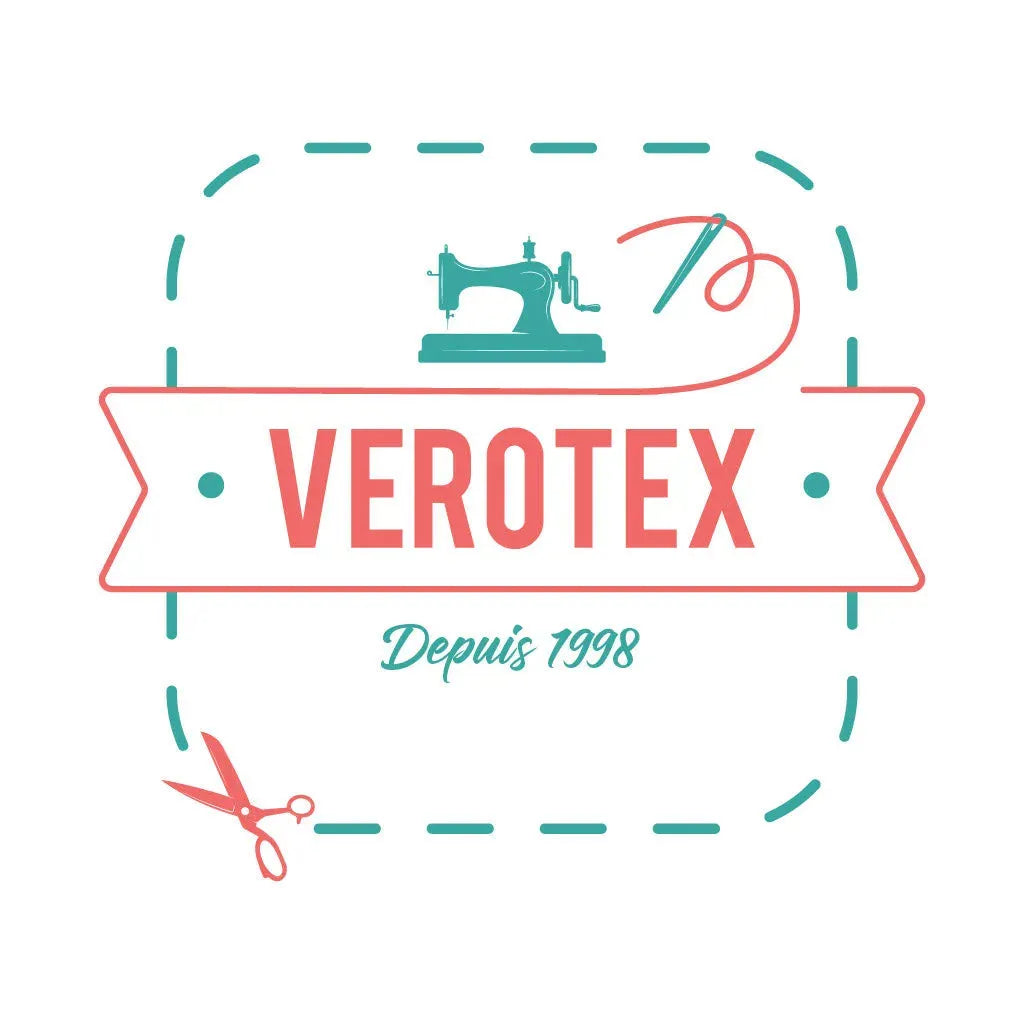
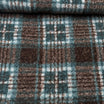
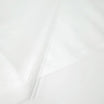
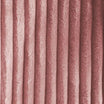
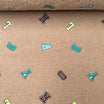

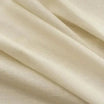
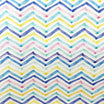
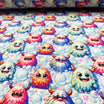

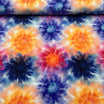
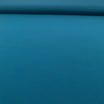
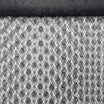
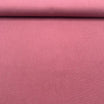


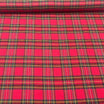
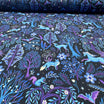
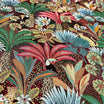
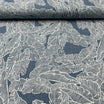
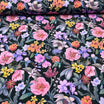
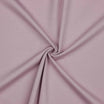

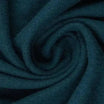
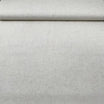
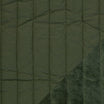
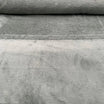
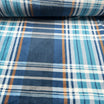
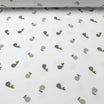
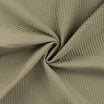
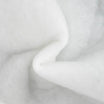


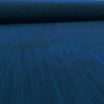
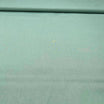
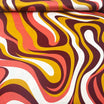
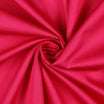

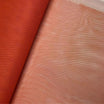
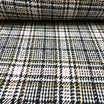
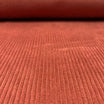

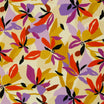
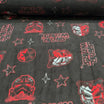
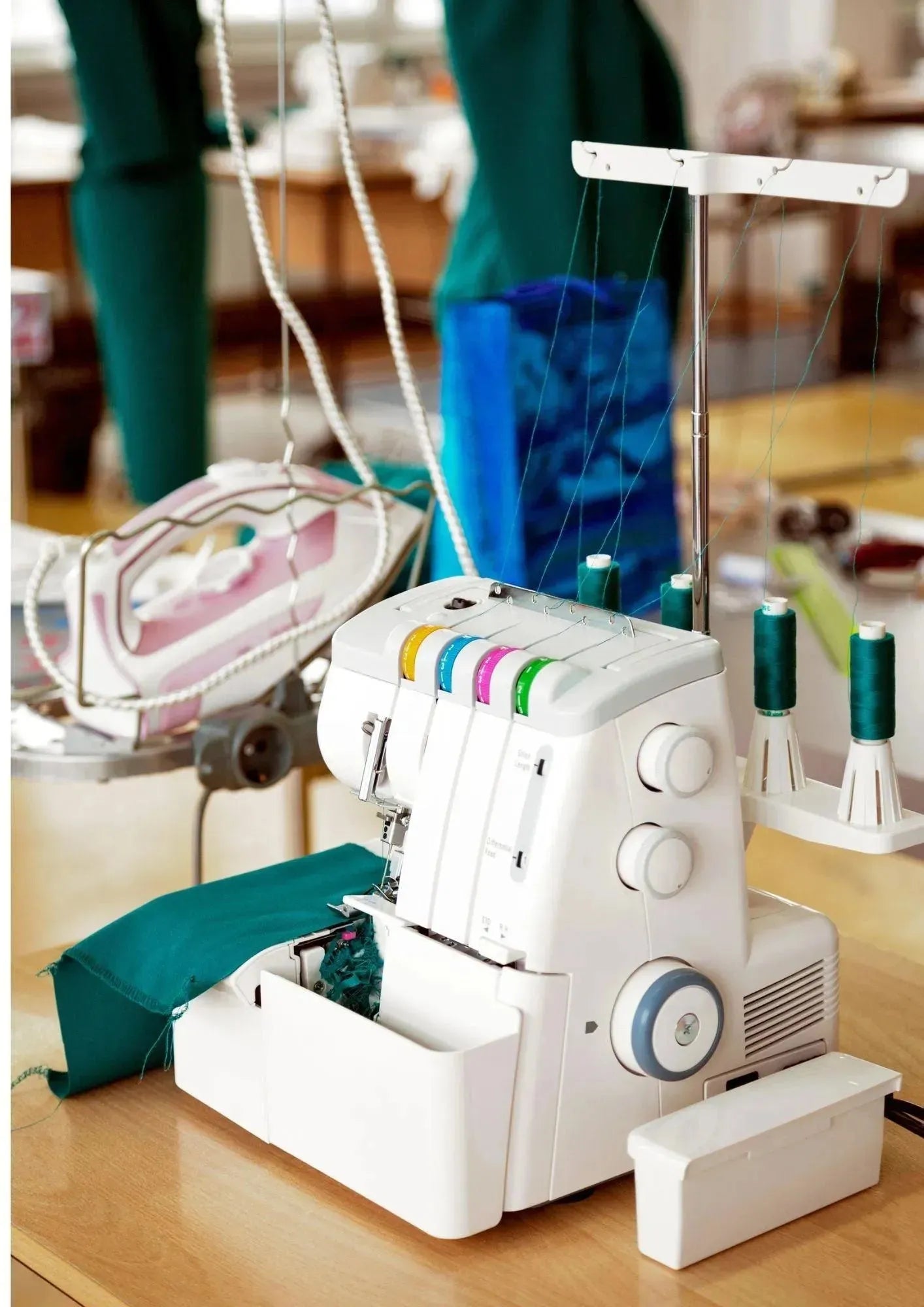
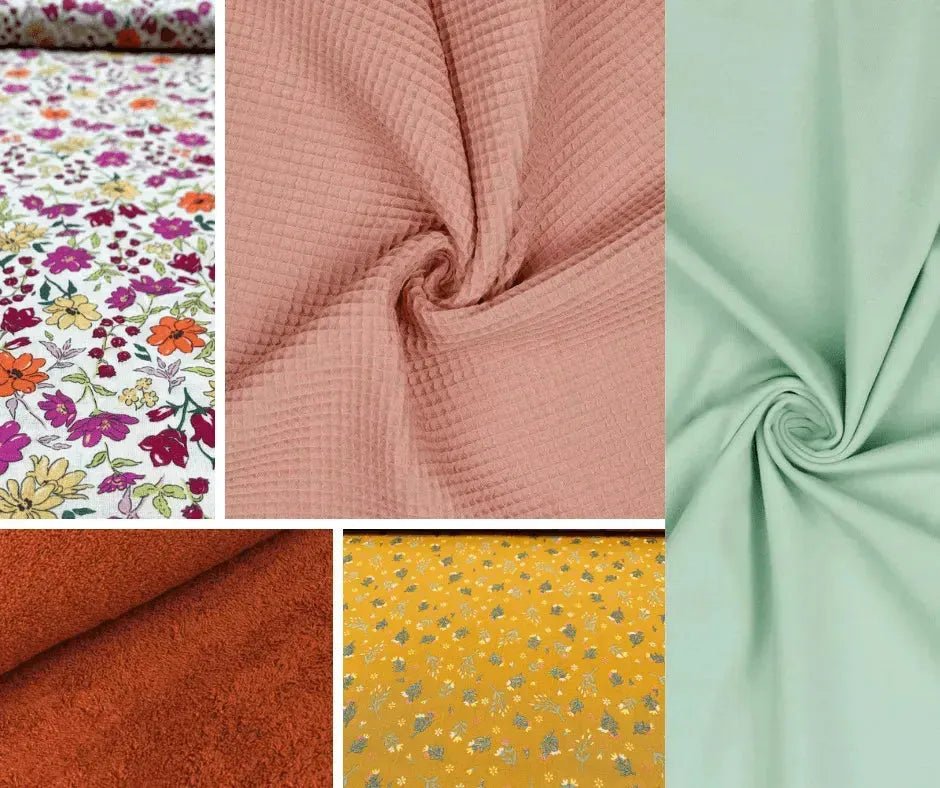
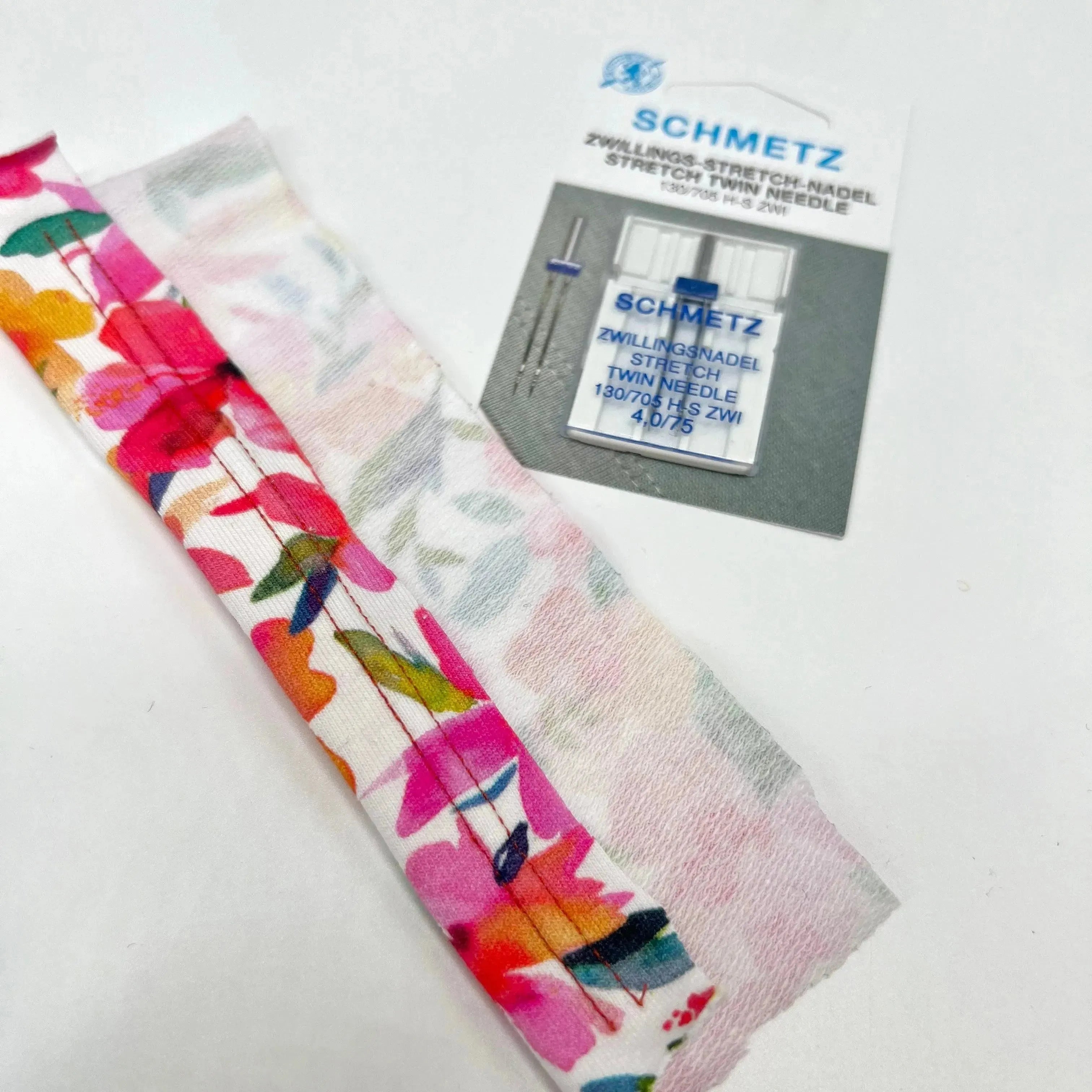
Leave a comment
All comments are moderated before being published.
This site is protected by hCaptcha and the hCaptcha Privacy Policy and Terms of Service apply.